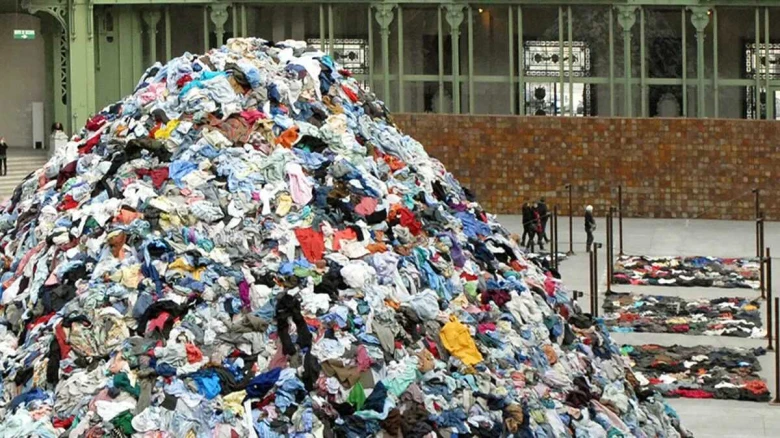The environment and the world are significantly harmed by fast fashion...
Digital Desk: Fast fashion is the term used to describe the mass production and consumption of low-cost clothes that quickly brings the newest trends from the runway to the high street. It is distinguished by short production times, affordable rates, and a focus on often altering fashions to satisfy customer demand. The environment and the world are significantly harmed by rapid fashion, though. This is how:
Excessive use of resources: Utilising limited resources like water, fossil fuels, and raw materials is a must for fast fashion. Textiles like cotton, polyester, and rayon take a significant quantity of water, energy, and chemicals to produce. As a result, there are more greenhouse gas emissions, water pollution, and non-renewable resource depletion.
Pollution and harmful chemicals: The production, dyeing, and finishing of fast fashion textiles use a variety of toxic chemicals. These substances, which include heavy metals and risky dyes, frequently find their way into bodies of water, where they pollute the water and endanger both human health and aquatic ecosystems.
Waste production: Fast fashion encourages a "throwaway" culture in which clothing is purchased, quickly used, and then discarded. Huge amounts of textile waste result from the drive to regularly refresh wardrobes. The worn-out clothing frequently ends up in landfills, where it decomposes and releases greenhouse gases, aggravating the issue of climate change.
Low-quality clothing: Because fast fashion prioritises low-cost to manufacture, it frequently produces low-quality clothing that quickly loses its shape or becomes worn out. With frequent purchases being encouraged through planned obsolescence, the problem of waste is exacerbated, and the cycle of unsustainable production is continued.
Worker exploitation: To keep prices down, fast fashion companies frequently outsource production to nations with weak labour laws and cheap pay. As a result, social inequities may be furthered through exploitative working conditions, unequal pay, long hours, and restricted worker rights.

Leave A Comment